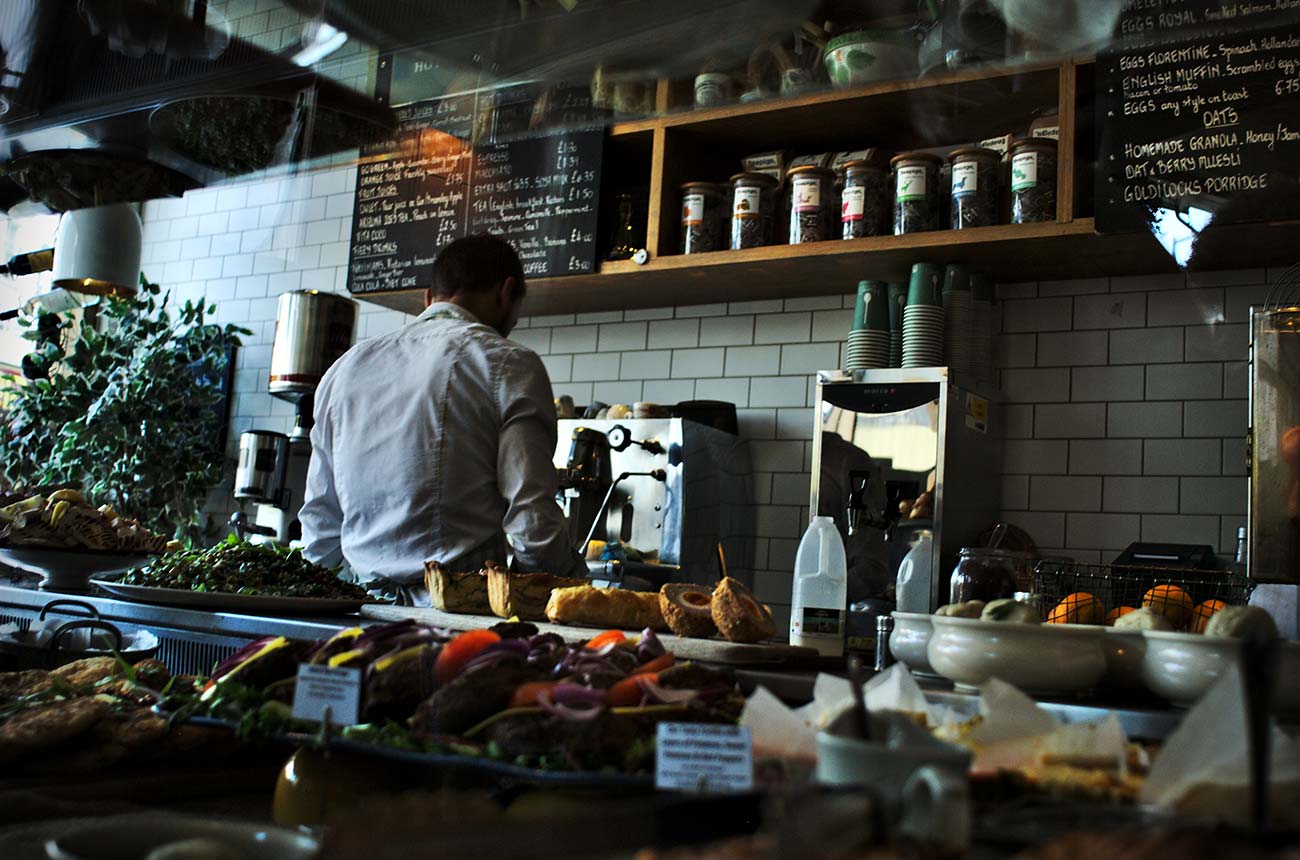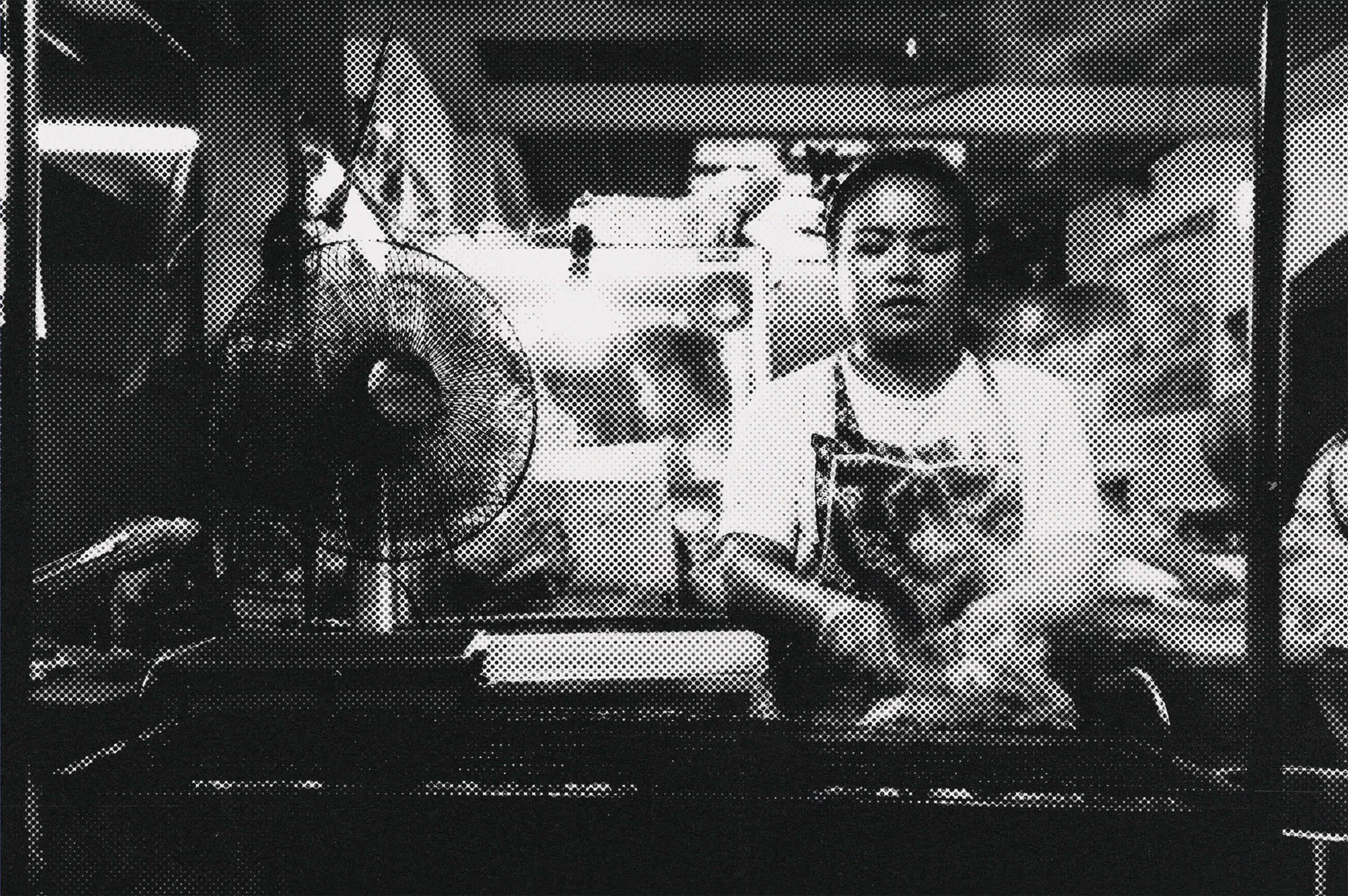Catering Safety and Hygiene Practices
Safety and hygiene are paramount in catering. Here are best practices to follow.
1. Food Safety Training
Ensure all staff are trained in food safety practices to prevent contamination and foodborne illnesses.
2. Regular Cleaning
Maintain a clean workspace by implementing regular cleaning schedules for all equipment and surfaces.
3. Proper Food Storage
Store food at the correct temperatures to prevent spoilage. Use thermometers to monitor temperatures regularly.
4. Personal Hygiene
Encourage staff to practice good personal hygiene, including handwashing and wearing clean uniforms.
Prioritizing safety and hygiene can enhance your catering reputation and client trust.











.svg)